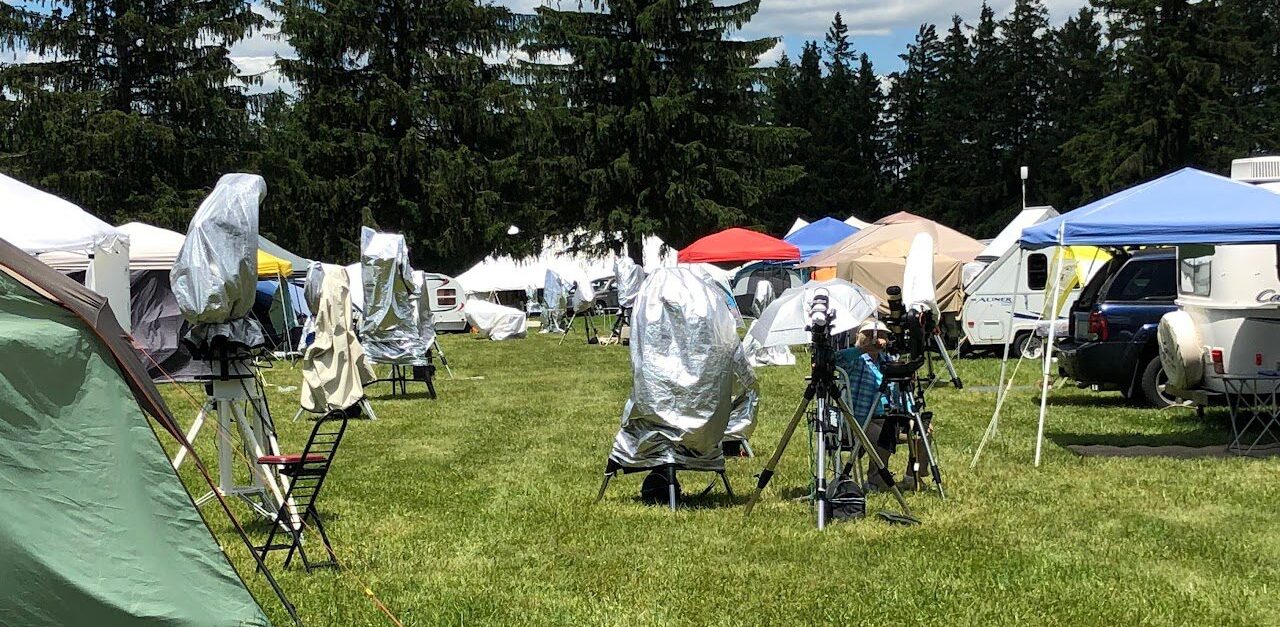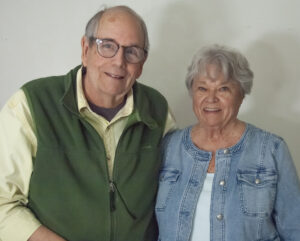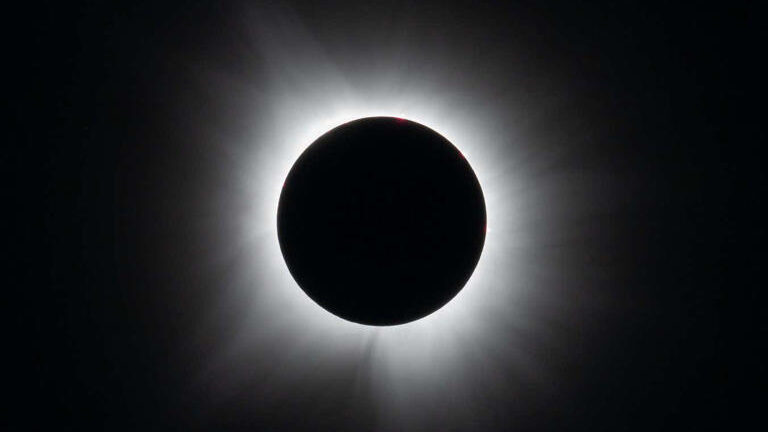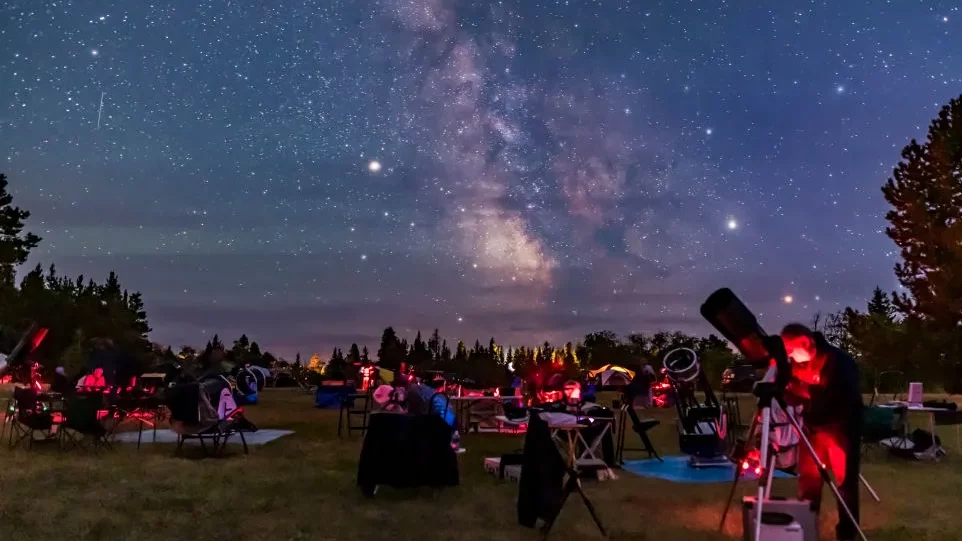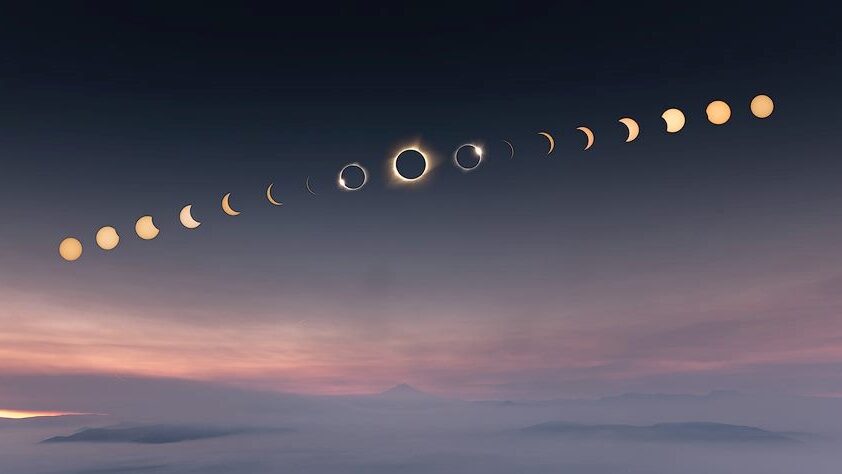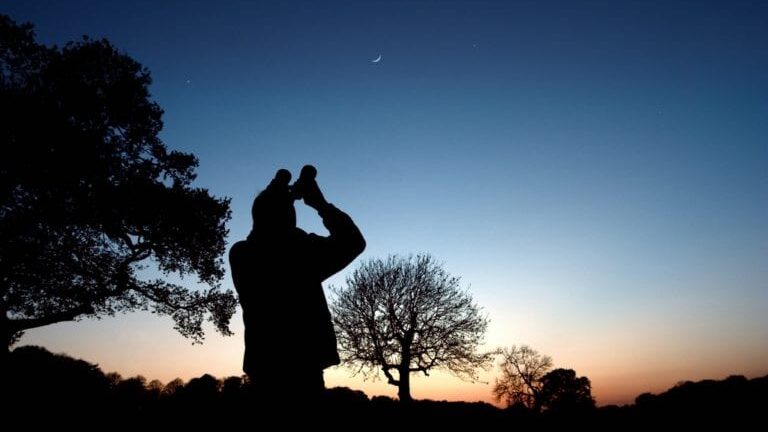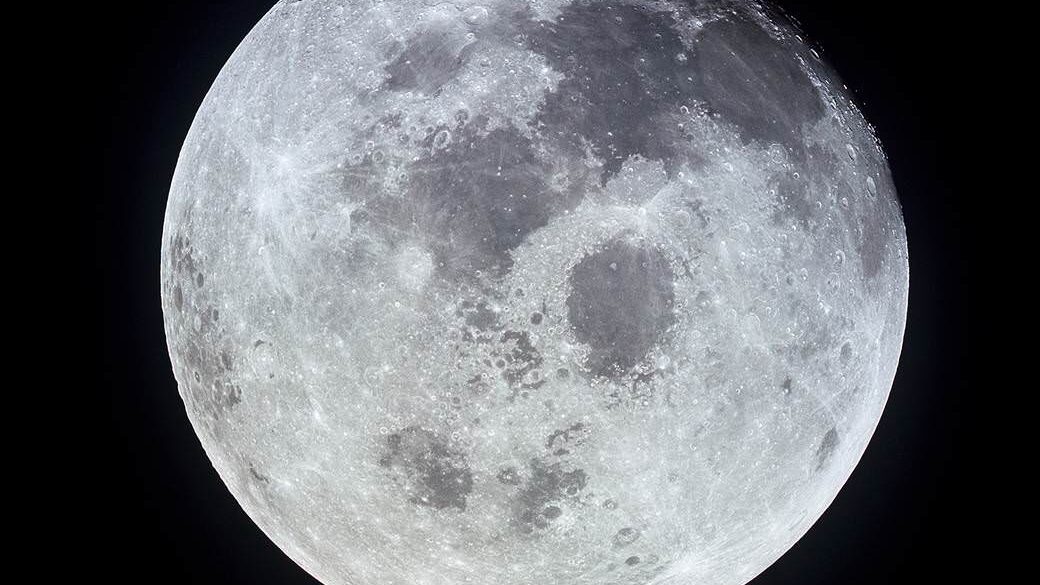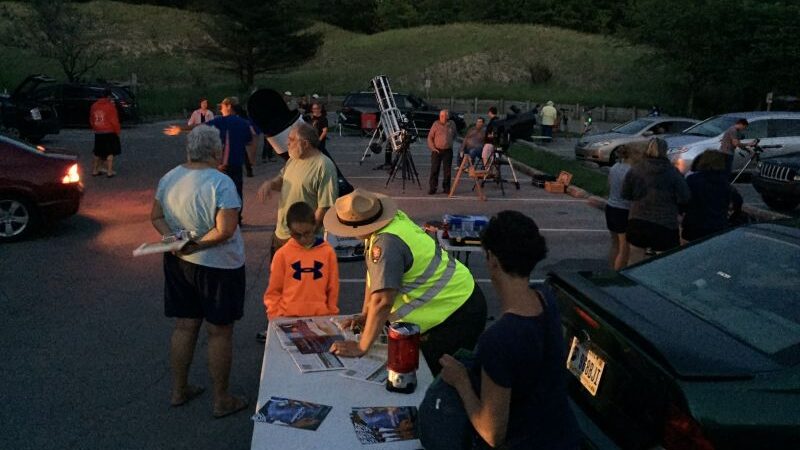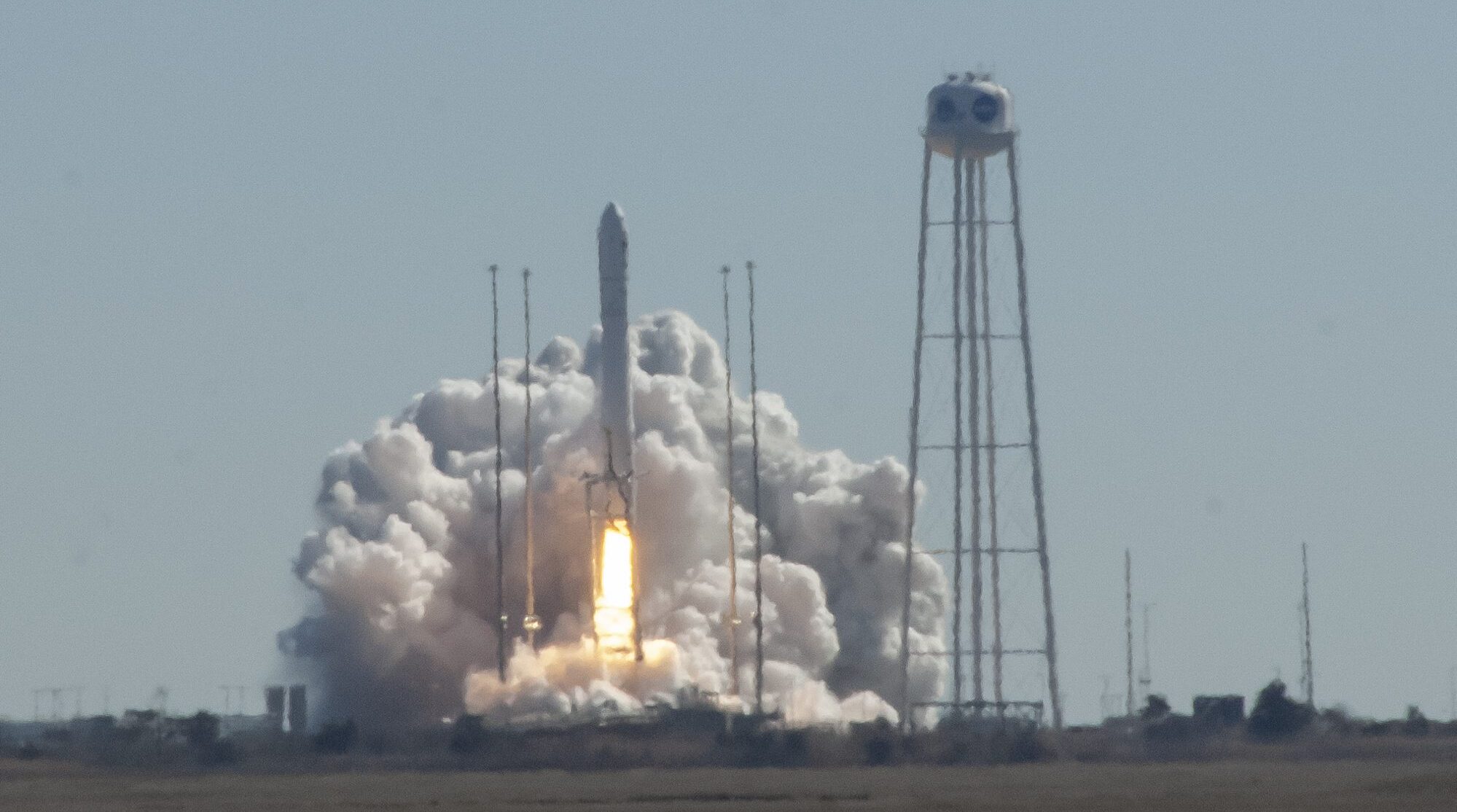Learn the dos and don’ts of attending a star party
We have learned so much about the etiquette of attending a star party since our first time at a star party hosted by the Delmarva Stargazers at Trap Pond State Park in Delaware. When you register to attend a star party most groups hosting the event have “Star Party Rules” posted on their website where you sign up so there’s no excuse for not knowing star party etiquette and what to expect. We were so new to stargazing, however we didn’t even know what we didn’t know.
Star parties are held to enjoy looking at the night sky with binoculars or a telescope and enjoy the comraderie of others with the same interest. The rules create an atmosphere to make that possible and eliminate offending lights that ruin night vision. With that in mind most of the important rules have to do with preventing white light and replacing it with a red light so it won’t disrupt anyone’s night vision.
Here’s our take on how to be a good citizen at a star party so you can be in the know before you go.
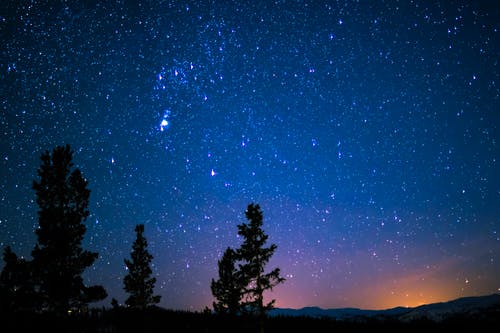
Before you register to attend a star party, read the Star Party Rules so you know what to expect and how to behave.
Plan to arrive early to set up
This is particularly important if you need time to assemble a tent, table and other equipment and to set up your telescope or binoculars. It’s easier in daylight and considerate of the other observers near your setup area. These are your new neighbors who often become buddy stargazers and with whom you’ll share many hours.
Find out the essentials when you sign in
When you check in, ask for instructions and advise about where to set up your equipment on the observing field. They may have one area of a field set up for RVs or another restricted for tents. Find out if there are any specified areas you should know about.
Ask: Where is the food truck, when is it open, do they accept cash and/or credit?
Ask: Where are the heads? Is there a shower house? Where are the garbage bins?
This basic information is usually posted on the registration form, but when you arrive get the lay of the land so you know where to go in the dark. The folks who sit at the registration desk are probably the same volunteers who set everything up and they are a wealth of information.
When you drive to your set up area, drive slowly to prevent kicking up dust and dirt which can land on someone’s equipment.
Avoid using a white light
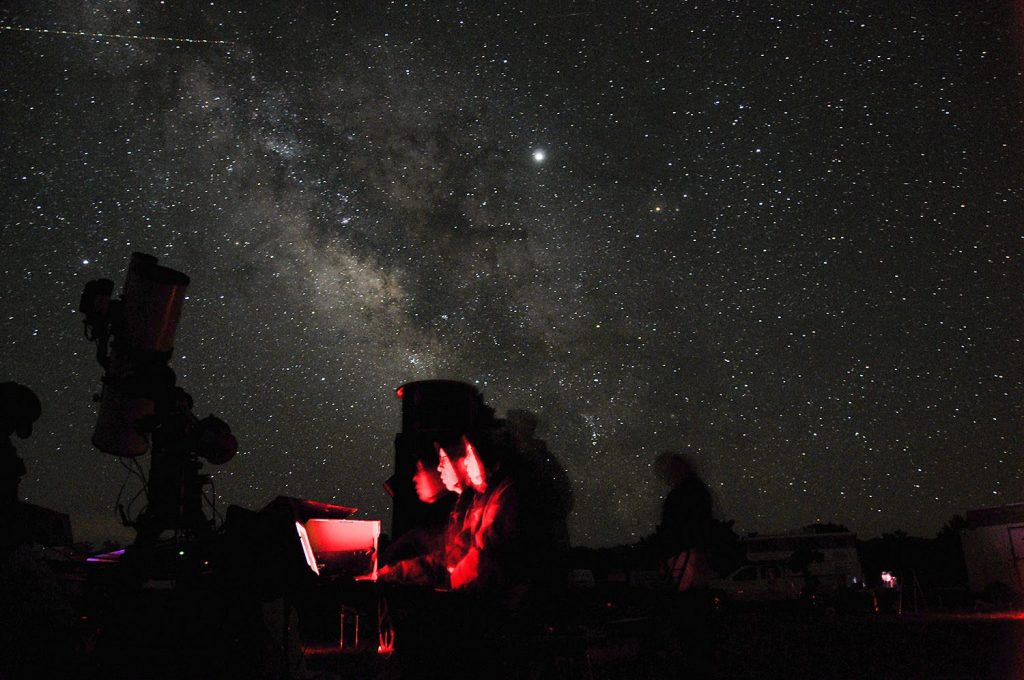
The most important rule of star party etiquette is about preventing white light so all observers can enjoy a dark sky. This is the amateur astronomer’s equivalent to a physician’s “Do no harm” mantra.
Use a flashlight with a red, not white light or cover one with red cellophane (sold at auto supply shops). When you’re walking around in the dark you can see where you’re going without tripping or falling. We have ours ($10) on a lanyard so it’s easy to use and not loose. Here’s a link to Mini red flashlight.
Car lights are big offenders
Most star parties do not allow cars to operate after dark anywhere on and near the observing field. The white beam of a car’s headlight, interior, trunk, or backup lights temporarily destroys night vision.
If you store your binocs or telescope gear in a car or truck (which most of us do) change those white lights to red. Refer to your vehicle’s manual and learn how to change the setting so they don’t turn on automatically.
Cover the lights with red tape
If you don’t change the setting, cover the light with red Self Adhesive Headlight, Tail Lights, Fog Lights Tint Vinyl Film (less than $10 bucks) to conceal the white lights.
Do the same if you’re in an RV and if camping, use a portable red light inside and outside the tent.
Be thoughtful of your neighbors
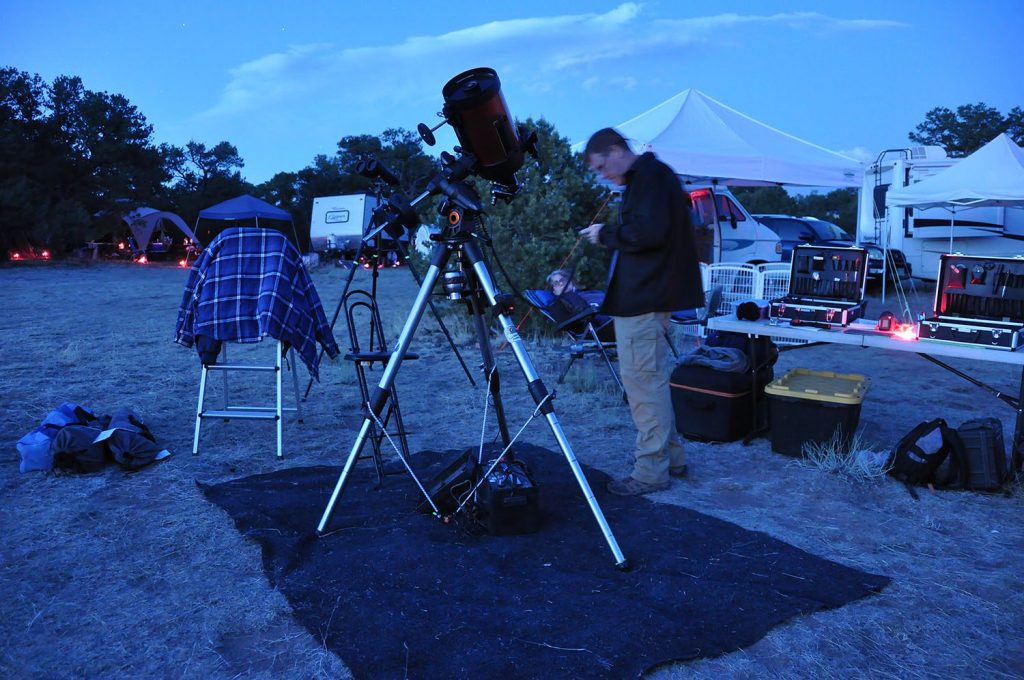
It’s very easy to trip over an extension cord especially in the dark. Be mindful running power cords and follow any guidelines suggested.
If the event is held at a state or national park or observatory, ask about additional rules so you’re aware of them.
Whether it’s your first of twenty-first star party we think you’ll come away with a delightful experience. You’ll curse the clouds and rain that can ruin seeing stars, but admit they often enable you to meet some new friends who share the wonder of stargazing.
- How to use Stellarium
- Where to Find Dark Skies
- Attending Our First Star Party
- Choosing Binoculars for Stargazing
Gene and Katie Hamilton are amateur astronomers who follow the stars and write about their dark sky adventures. They are members of the Outdoor Writers Association of America.
Post Views: 1,886
|

